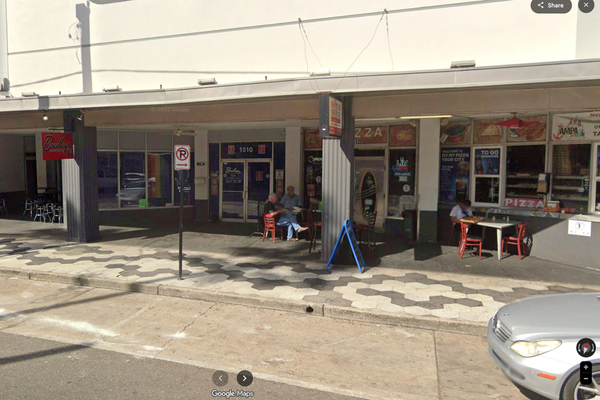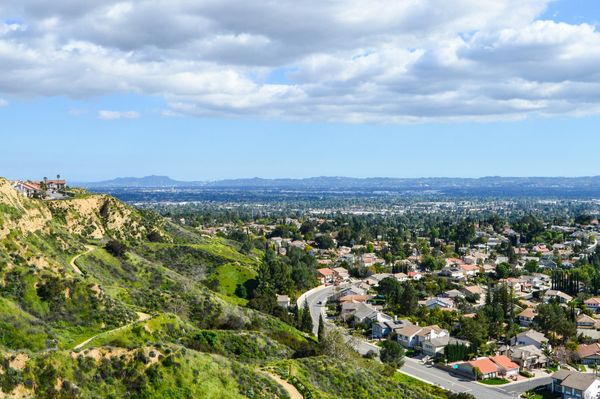
A young humpback whale was freed by rescuers in Alaska after it was discovered hog-tied to a 300lb crab pot.
The rescue, which occurred on 11 October, came after two local residents discovered the trapped whale a day earlier in the coastal waters near Gustavus, a city close to Glacier Bay national park in the southernmost part of Alaska. Researchers estimate the whale to be about three to four years old.
The residents contacted the visitor information center at Glacier Bay national park and reported that a whale near the Gustavus dock was “trailing two buoys, making unusual sounds and having trouble moving freely”, the National Park Service said.
In a press release issued by the National Oceanic and Atmospheric Administration, Janet Neilson, an NPS whale biologist who was part of the rescue, said that park personnel located the whale from shore and confirmed that it was dragging two buoys.
“They were able to get out on the water right away to confirm the entanglement and take photos of the animal and gear that helped paint a much more thorough picture,” she said.
Rescue team members including NPS patrol teams and experts involved with the Large Whale Entanglement Response network were soon able to determine that the whale’s entanglement was “life threatening”, Noaa said in the release.
The crew observed that the whale was swimming in a tight clockwise circle that “appeared to be intermittently anchored to the seafloor” by a 300lb crab pot with 450ft of heavy duty line, according to NPS.
It added, the rescue team members were able to get in touch with the owner of the gear who said they had set the pot near Pleasant Island, which lies south-east of Gustavus. However, between Saturday and Sunday morning, the pot had gone missing, meaning that the whale had already been entangled for at least three days when residents reported the discovery, NPS said.
Rescue team members were deployed on site the next day and used drone footage to collect aerial photographs and videos of the whale’s entanglement.
“This was a complicated entanglement with a line through the whale’s mouth, and wrapped around the animal’s tail stock,” Fred Sharpe, advanced large whale entanglement responder with Alaska Whale Foundation, told the Noaa. “The drone imagery assisted tremendously with our understanding of the entanglement and how to prioritize our cutting attempts,” he added.
The NPS said the whale was making 7-9-minute dives and was at the surface for only approximately 30 seconds.
“The whale had a loop of line through its mouth that led to a large, heavy glob of tangled lines at its tail. In effect, the whale was hog-tied, its body bent sharply to the side as it swam in a predictable clockwise circle each time it came up. The whale also had a distinct healed scar across its back from being hit by a vessel’s propeller,” it said.
The crew was eventually able to make cuts into the line using specialized tools designed to keep responders at a safe distance from the whale. One of the tools includes a knife on the end of a 25ft carbon fiber pole and grappling hooks modified with razor-sharp knife blades inside the grapple to cut as they grab, the Noaa said.
“The turning point came when we were able to cut the rope that ran through the whale’s mouth and was wrapped around its tail,” said Chris Gabriele, a whale biologist with Glacier Bay national park who was part of the rescue efforts.
Crews spent hours cutting away at the rope to free the whale.
Officials with the whale entanglement response team plan to look for the whale in the coming weeks to document its condition if it is still in the area.







